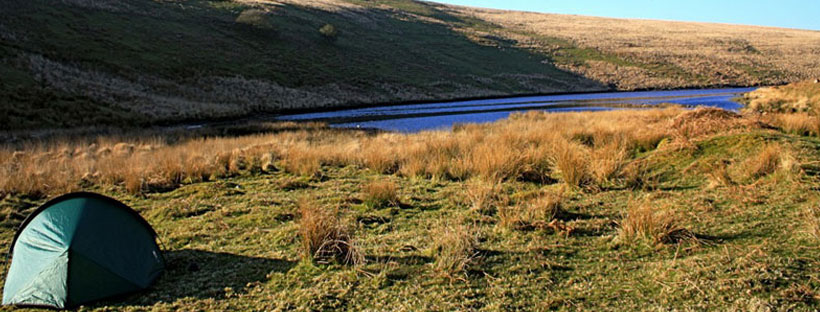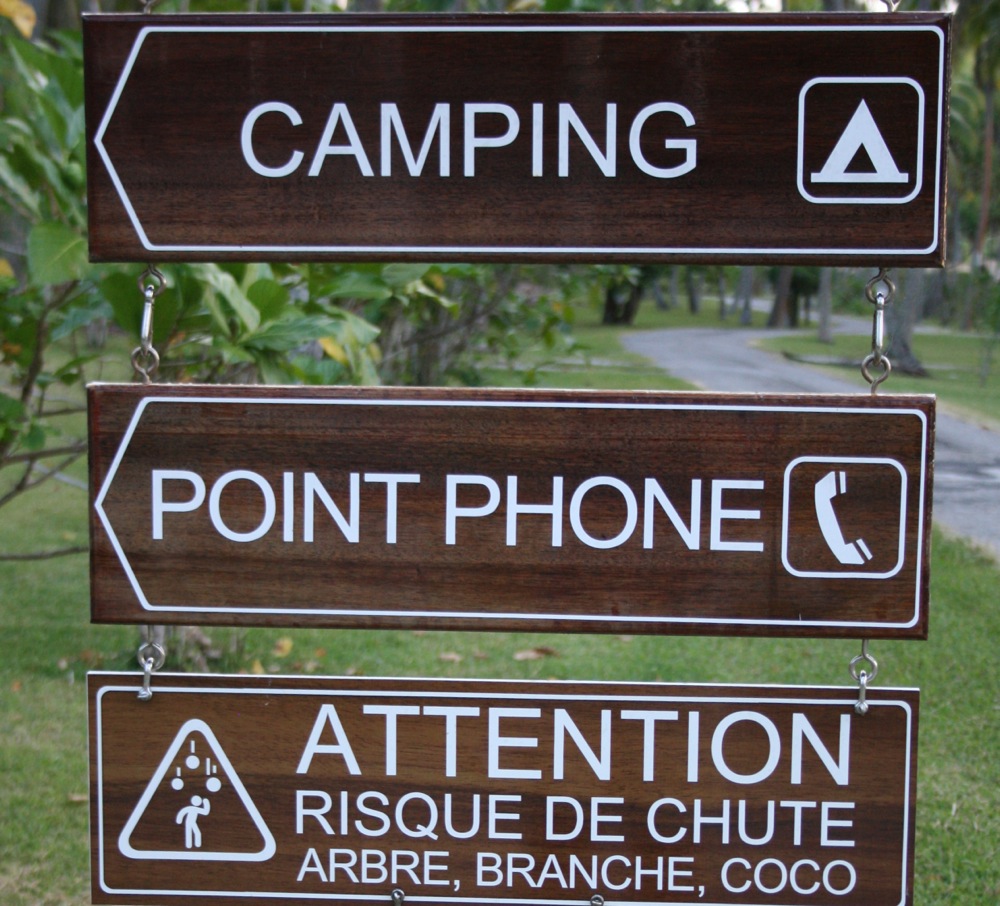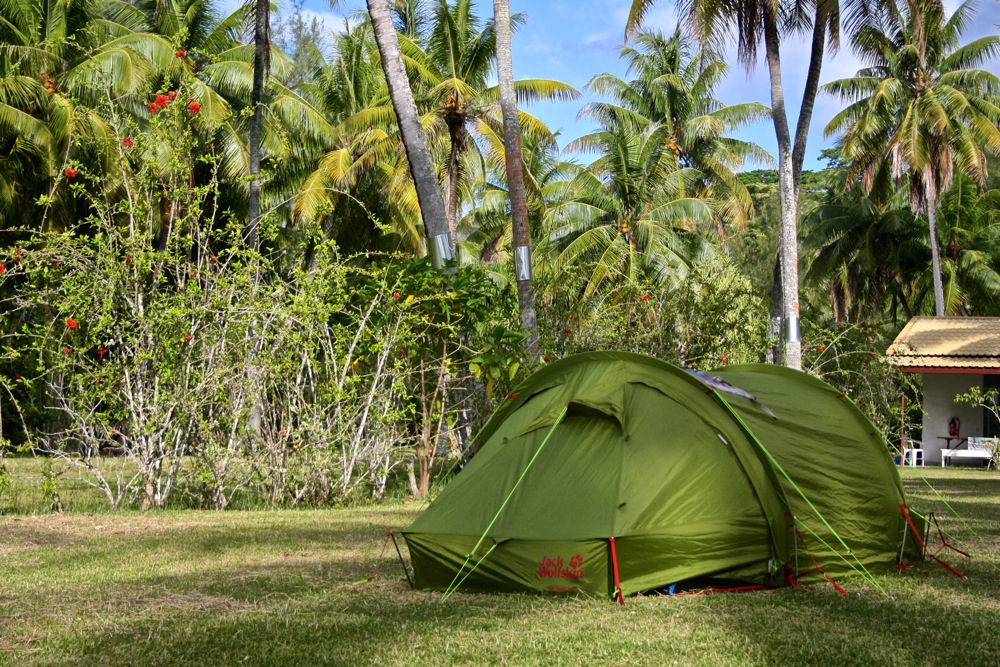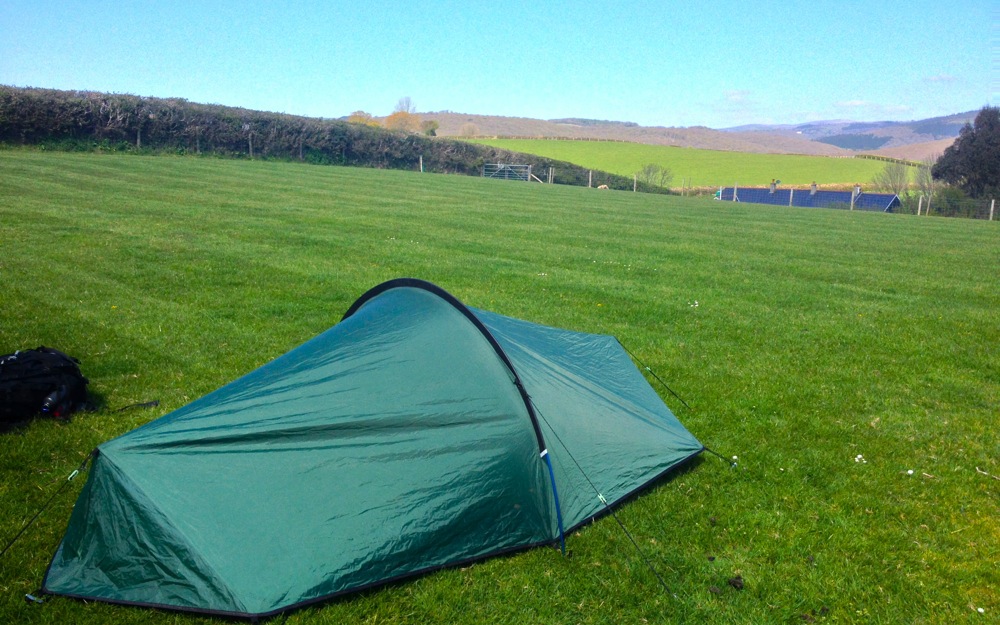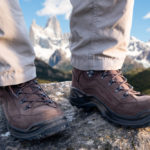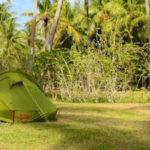While there are some things that you simply cannot plan for when camping, knowing how to find a good camping spot is essential
When I was young my Dad would tell a “funny” story of how he took my mother camping in Wales for the first time. They pitched in a dry riverbed and went to sleep cozy and comfortable after a hearty meal.
Alas, in Wales the weather is prone to change and so they awoke in a riverbed which had now become a river. My Dad would chuckle while he told the tale. My mother would look on far less impressed to say the least. They don’t camp much anymore.
I took Kia camping for the first time ever and thought I had it all covered (beautiful beach in the South Pacific – what could go wrong?). While there are some things that you simply cannot plan for when camping, knowing how to find a good camping spot is essential.
How to find a good camping spot
After decades of camping across several continents in all types of conditions and on all types of terrain, I’ve gathered some simple steps that should ensure you have a great night under the stars.
Whether you take your girlfriend along is entirely up to you.
Choose flat ground
First and most obvious in getting a comfortable night’s sleep is to make sure you pitch your tent on flat ground. Unfortunately, nature isn’t always accommodating so if you must pitch on a slope, pitch your tent in a way so you can sleep with your head at the top of the slope. Ground that has a slight incline will help to avoid puddles in case it rains. And it often does.
Check the surface
Rocks, roots, branches, rubble and stones are all ingredients for a torn groundsheet and an uncomfortable night’s sleep. It’s fine to clear your area but try to use a bit of common sense. If it doesn’t look good then it’s probably not good. Try to find a clear surface to begin with, free from debris and save yourself the hassle.
Find shelter or windbreaks
If you can find a natural windbreak for your pitch then it will make life a lot easier – especially when you’re putting up your tent. Hedges, fences, large boulders, rock outcroppings or small crops of trees will all offer protection from wind. Just make sure you’re not camping under a potential rockslide!
But beware of trees
Camping in the South Pacific brought a new and unexpected threat: falling coconuts! The last thing you want is a painful wakeup call, a wrecked tent and a trip to the hospital.
Trees can offer protection from the wind, but do note that a lone tall tree can be a beacon for a lightning strike. Dense stands of trees, all a similar height, in a relatively low area away from water offer the best protection from lightning. If you’re winter camping then avoid camping under trees with snow on their branches.
Think about access to your water supply
You should always practise low-impact camping and avoid contaminating any water supplies, so if you’re wild camping, always pitch at least 200 feet away from your water supply.
That said, easy access to water is essential so don’t pitch too far away either. On a campsite, don’t be tempted to pitch too close to the water supply as this is a high-traffic area. Just try to fill everything up all at once to minimise the number of journeys.
Avoid compacted ground
Don’t pick a spot just because others have camped there. When people camp on the same site over and over, the ground underneath gets compacted. This can be bad news if it rains heavily.
You can find your campsite suddenly swamped when the compacted area fills up with water. Don’t pitch your tent in one of these overused indentations, or any indentation for that matter!
Near the loos or far away?
The worst thing about camping is getting up in the middle of the night and having to walk to the toilet block (if you’re lucky enough to have one). The wash blocks are usually the busiest area so if you don’t want people traipsing past your tent all night, pitch a fair distance away. Just be prepared for a long cold walk in the night.
If you’re wild camping, make sure your waste has minimum impact on the environment – always bury everything.
Consider the sun
Personally, I like to thaw out in my tent as the morning breaks so if you’re like me and want the morning sun to warm you up, make sure your campsite faces south (in the northern hemisphere).
If you’re planning to spend time in your tent during the day then make sure you’ll have some shade. A tent can easily turn into a sauna during the hottest part of the day.
Be aware of environmental hazards
Is your campsite safe from hazards such as rock falls, flash floods, high tide or avalanches? As mentioned, natural windbreaks can be really useful but also come with their own set of hazards.
You need to be aware of the local environment and not camp somewhere you can get hurt or worse, especially in the wild where there may not be help for miles around.
Good campsites are found, not made
This goes hand in hand with much of the above. Remember the reason we go camping is to enjoy nature in all its beauty and glory. Always be mindful of your local environment and try to leave it exactly as you find it.
If you’re wild camping this is especially important. Try to pitch late, leave early and, of course, leave no trace.
Happy camping!
